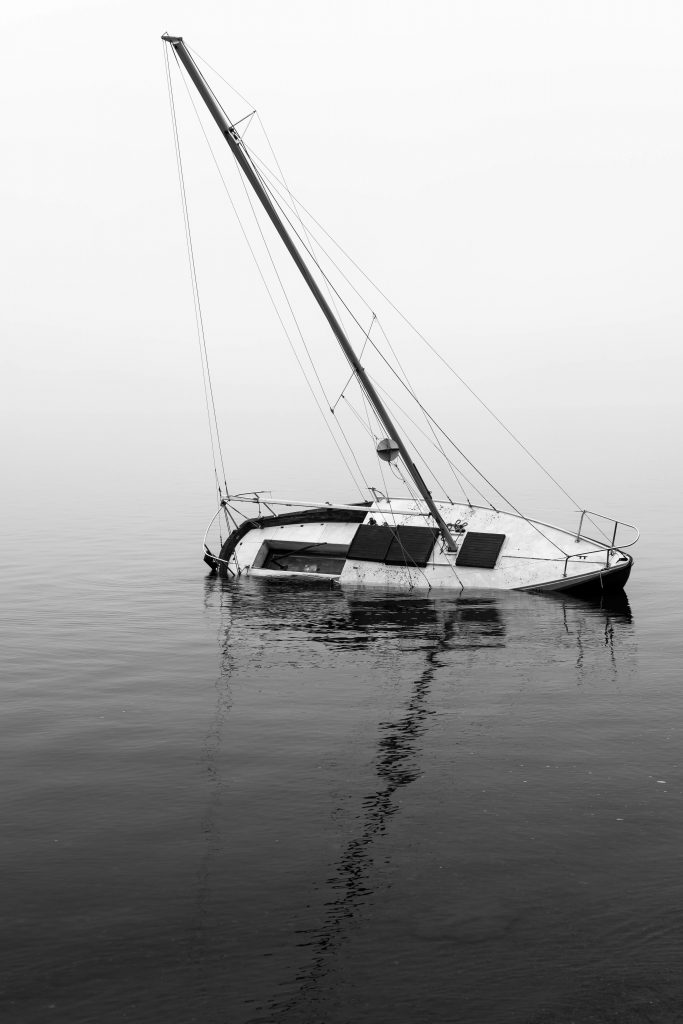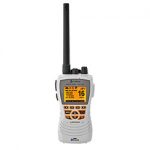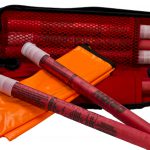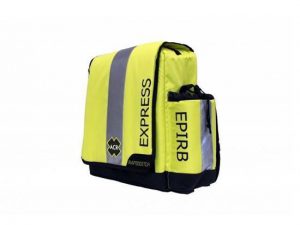Great Article from Leonard White, Jr.
 As the name implies, a ditch bag is something that you can grab and toss into a life raft quickly when abandoning ship. It’s a pre-packaged supply bag of things that you and your crew might need over the time that you’re adrift awaiting rescue. Ditch Bags can be purchased as pre-packaged units from any reputable ship store, but they can also be custom built for your cruising or racing style. A ditch bag for Lake Michigan might look much different from ditch bag on a Pacific crossing, feel free to add and/or subtract as you see fit. But a solid understanding of the basic contents of a ditch bag should be paramount in the minds of any sailor who’s travels bring them out of sight of shore.
As the name implies, a ditch bag is something that you can grab and toss into a life raft quickly when abandoning ship. It’s a pre-packaged supply bag of things that you and your crew might need over the time that you’re adrift awaiting rescue. Ditch Bags can be purchased as pre-packaged units from any reputable ship store, but they can also be custom built for your cruising or racing style. A ditch bag for Lake Michigan might look much different from ditch bag on a Pacific crossing, feel free to add and/or subtract as you see fit. But a solid understanding of the basic contents of a ditch bag should be paramount in the minds of any sailor who’s travels bring them out of sight of shore.
EPIRB – The device that makes the difference in time for your rescue the difference between minutes and months. EPIRB stands for Emergence Position Indicating Radio Beacon, it is an electronic device that’s registered to a specific vessel. It works by deploying a 406 MHz distress frequency signal via satellite and earth station to the nearest rescue center, alerting would-be rescuers of not only your emergency status but of your exact location anywhere in the world. EPIRBs, when triggered, also send out a 121.5 MHz homing signal to help rescuers pinpoint your exact location in the water as they get closer. While on the subject of electronic signaling devices, a nod should be made to the Personal Locator Beacon (PLB). A PLB works in a similar format to an EPIRB however while the EPIRB is registered to a vessel, the PLB is registered to an individual. We will be covering PLBs in more detail in the April Rhumbline when we cover personal accessories.

Portable VHF Radio
Portable VHF Radio – Most sailors have an extra handheld waterproof VHF Radio that they use while out for a day sail. They’re easy to get to, convenient to stick in a cupholder, easy to use for buoy racing, and they won’t drain your house battery. Problem is, if you’re using it for these occasions, that means it’s NOT in your ditch bag. When you’re in a life raft, you’re going to want a radio, and if your rushing around trying to track down equipment because your boat is sinking, you’re unlikely to remember everything you need, and a radio is one of those things that could save you and your crew. A pre- packaged ditch bag is critical, so keep a handheld radio in your ditch bag, replace the batteries every spring; and buy a second radio for afternoon convenience.

Flares
Flares – A few years ago I had the opportunity to chat with a Coastie who runs search and rescue operations out of Texas into the Gulf of Mexico. I remember him telling me about the most common thing that people say after they’ve been rescued. It’s usually some variation of: “You guys flew right over me three times, why didn’t you stop the first time?” His answer is always the same: “Well, we didn’t see you.” With the development of electronic devices such as the EPIRB and PLB it’s easy to forget the importance of good old visual contact. While the new technology will help get the Coast Guard get close to your general location, weather, fog, or simply the dark of night might make seeing you and your crew very difficult. Enter the flare; a good set of (non-expired) flares should be well stocked in a properly equipped ditch bag.
Water and Food – Fresh water and dry food are critical for survival, a few gallons of bottled water and a bunch of granola bars packaged in zip-lock bags should last a while waiting for rescue. Additionally, a portable water filter will be immeasurably critical in the event your rescue takes longer than a few gallons of bottled water. These filters are not designed for de-salination, so if salt water is in your plan, you’ll want more than a few gallons of bottled water on hand.
Dry Suit – Without a doubt, the most significant danger in any survival situation is maintaining body heat. Hypothermia is one of the most overlooked dangers in the summer months in the Great Lakes. Lake Michigan isn’t warm, even when it’s 90 degrees outside, and cold affects the body faster than most people realize. A good dry suit (for every crew member) is one of those pieces of equipment that can be the difference between a few hours of inconvenience and certain death. The only caveat in this ditch bag scenario, is that the dry suit must be donned before you abandon ship.

The Ditch Bag
And last but not least, the bag itself. Depending on the amount of gear and supplies you choose from the list above will dictate the size of bag you need to use. The size factor aside, the word to keep in mind when choosing a bag, is: flotation. A ditch bag should be made to float, not only on its own but when full of gear too. A bag that follows your sailboat into the abyss when it’s dropped is as useless as a sextant in February.
0 Comments